-
-
"Look, aren't there any housewives here who want to make some art, and who are fed up with all this fine art business? Aren't there any of you making things at home that you'd like to show each other?"
- su richardson, quoted in Alexandra Kokoli's The Feminist Uncanny (2010)
-

-
-
"As a contributor to two of the most important art groups of the 1970s – the mail art project Feministo and the feminist art collective Fenix – Su Richardson fundamentally challenged the art world of the 1970s. The works Richardson made as part of these groups, many using crochet, combine a pop art sensibility with incisive humour that pillory the domestic everyday."
- Dr Amy Tobin, Lecturer in the History of Art, University of Cambridge
-
-
 Su RICHARDSONLick!, 2020Crochet12 x 21 cm
Su RICHARDSONLick!, 2020Crochet12 x 21 cm -

-
 Su RICHARDSONNipple, 2020Crochet11 x 20 cm
Su RICHARDSONNipple, 2020Crochet11 x 20 cm -

-
 Su RICHARDSONProtect , 2020Crochet11 x 23 cm
Su RICHARDSONProtect , 2020Crochet11 x 23 cm -
 Su RICHARDSONRed Cross, 2020Crocheted cotton, fabric12 x 22 cm
Su RICHARDSONRed Cross, 2020Crocheted cotton, fabric12 x 22 cm -
 Su RICHARDSONFace Lift, 2020Crocheted cotton12 x 19 cm
Su RICHARDSONFace Lift, 2020Crocheted cotton12 x 19 cm -
 Su RICHARDSONButton it, 2020Crocheted cotton12 x 22 cm
Su RICHARDSONButton it, 2020Crocheted cotton12 x 22 cm
-
-

Su RICHARDSON in the studio.
-
-

-
-
'Su RICHARDSON: Wonderwoman' has been arranged with the assistance of Joanna Gemes / L’Etrangere, London.
Su Richardson: Wonderwoman
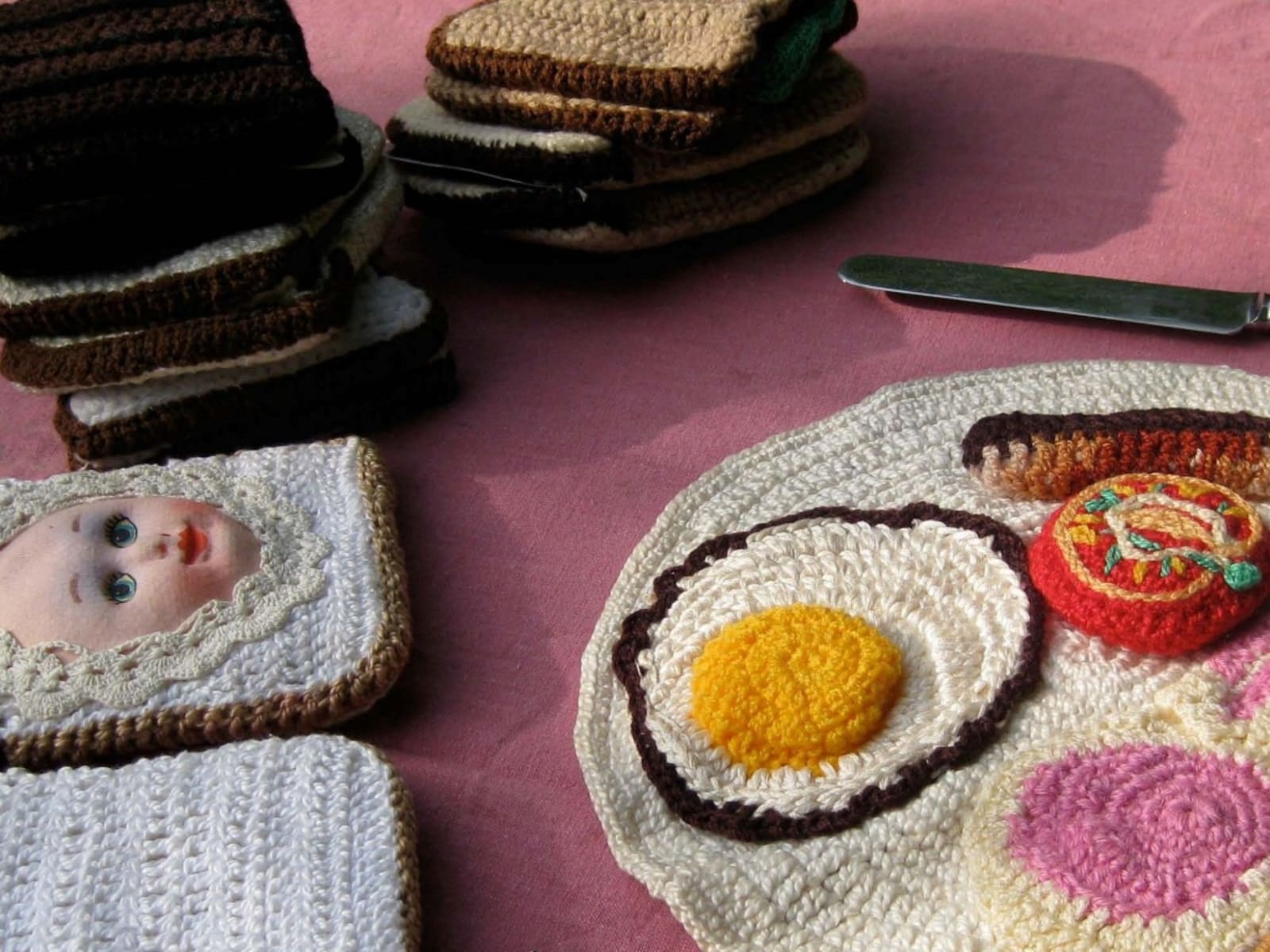

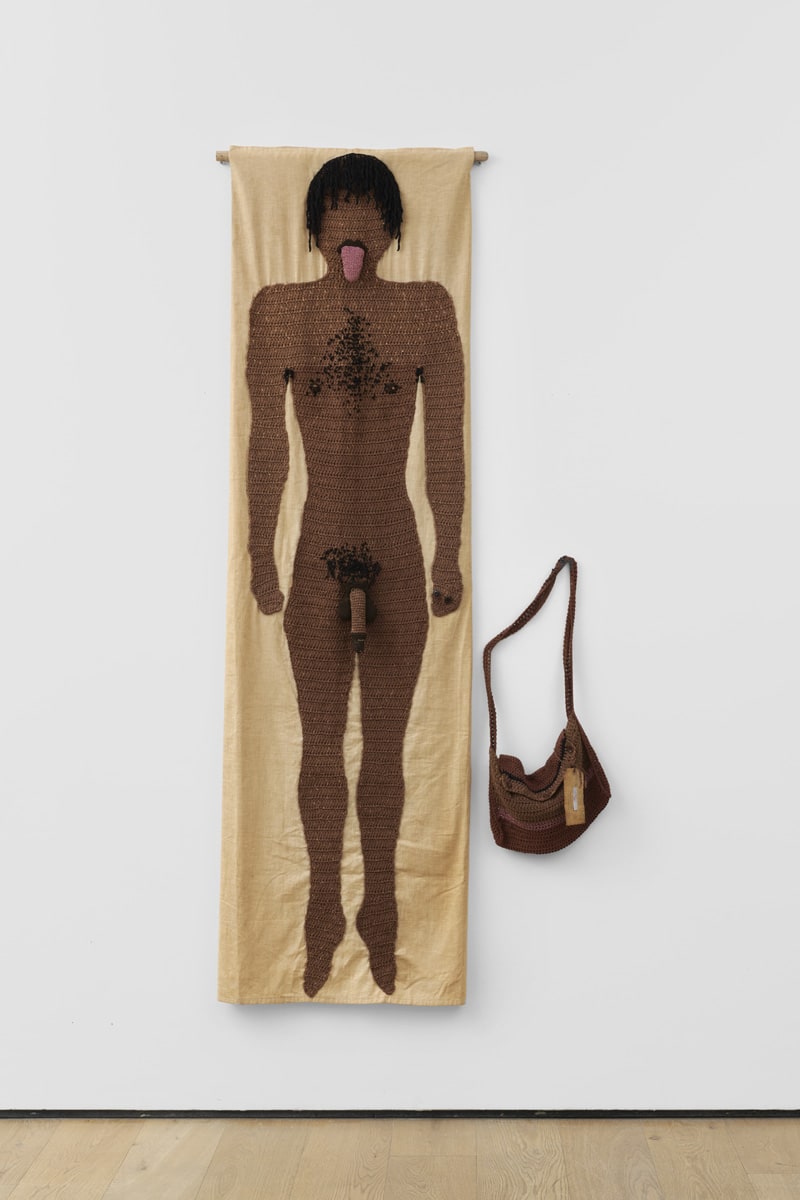
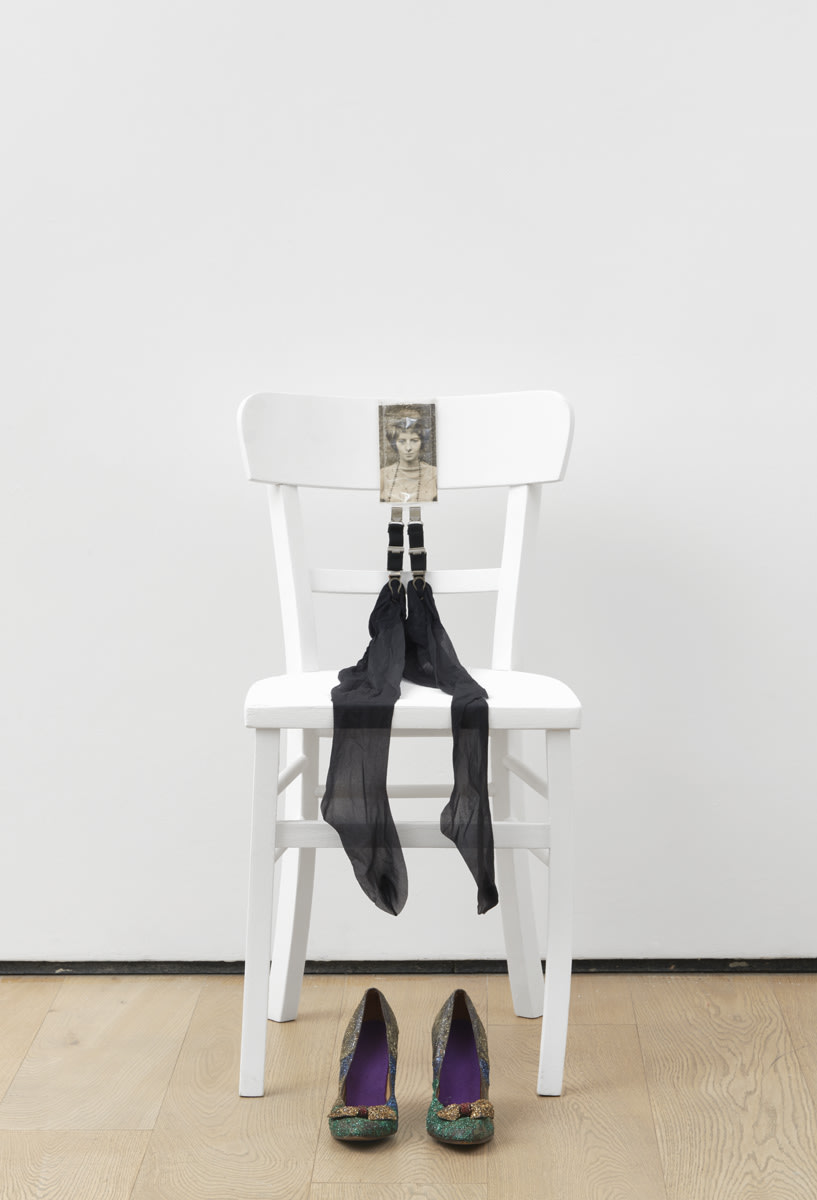

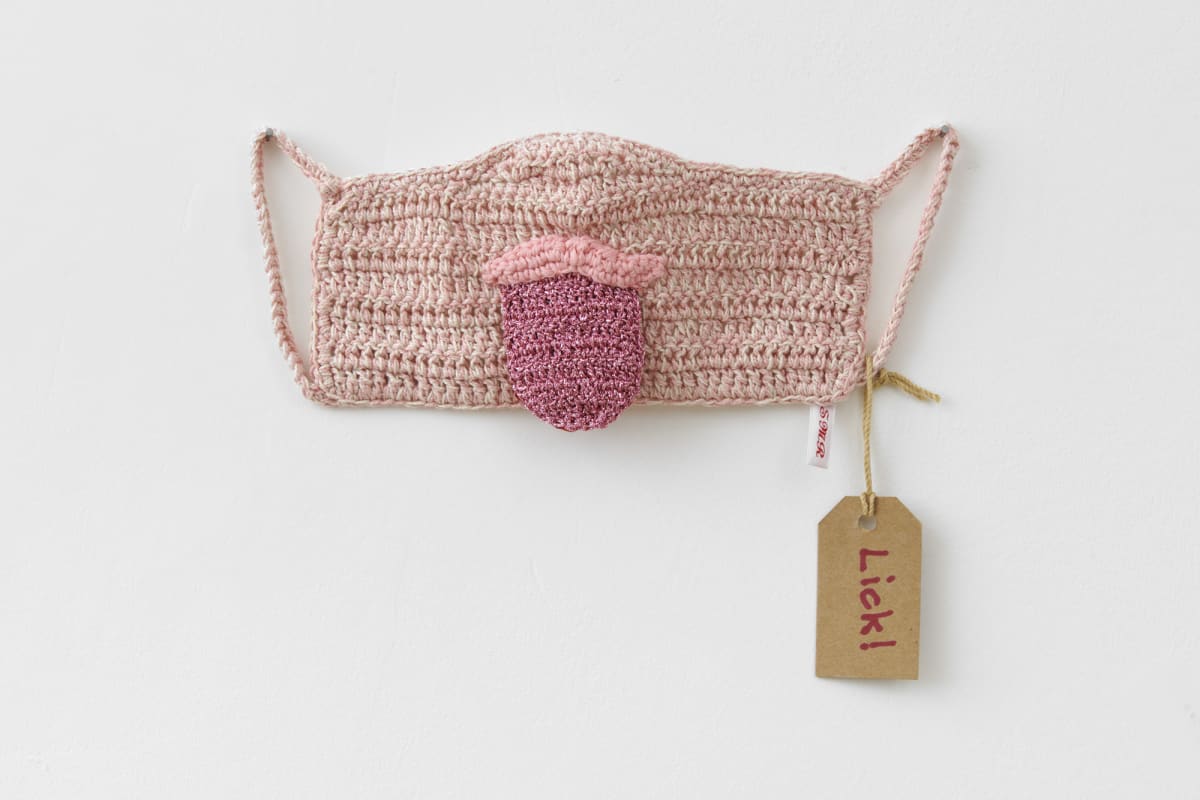
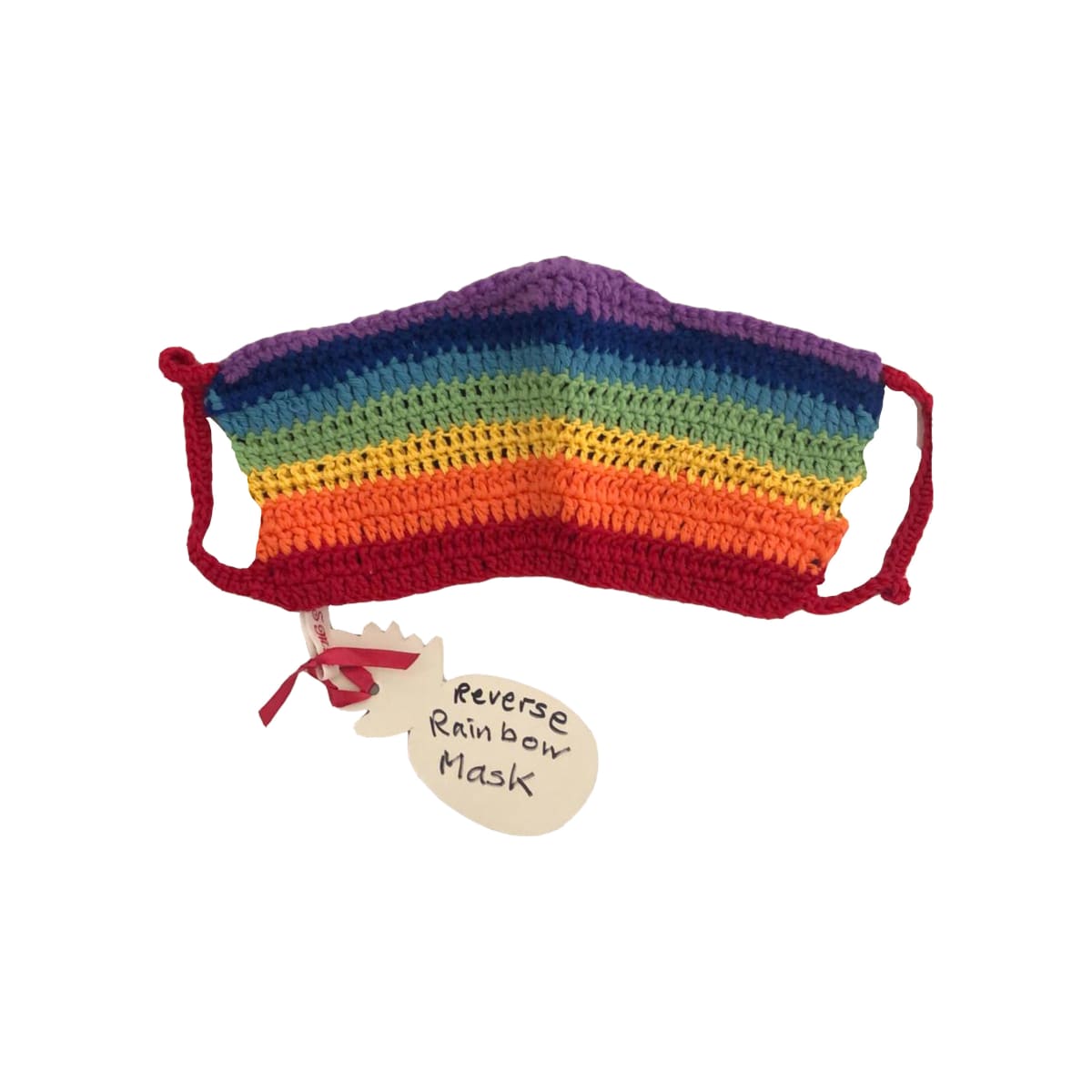
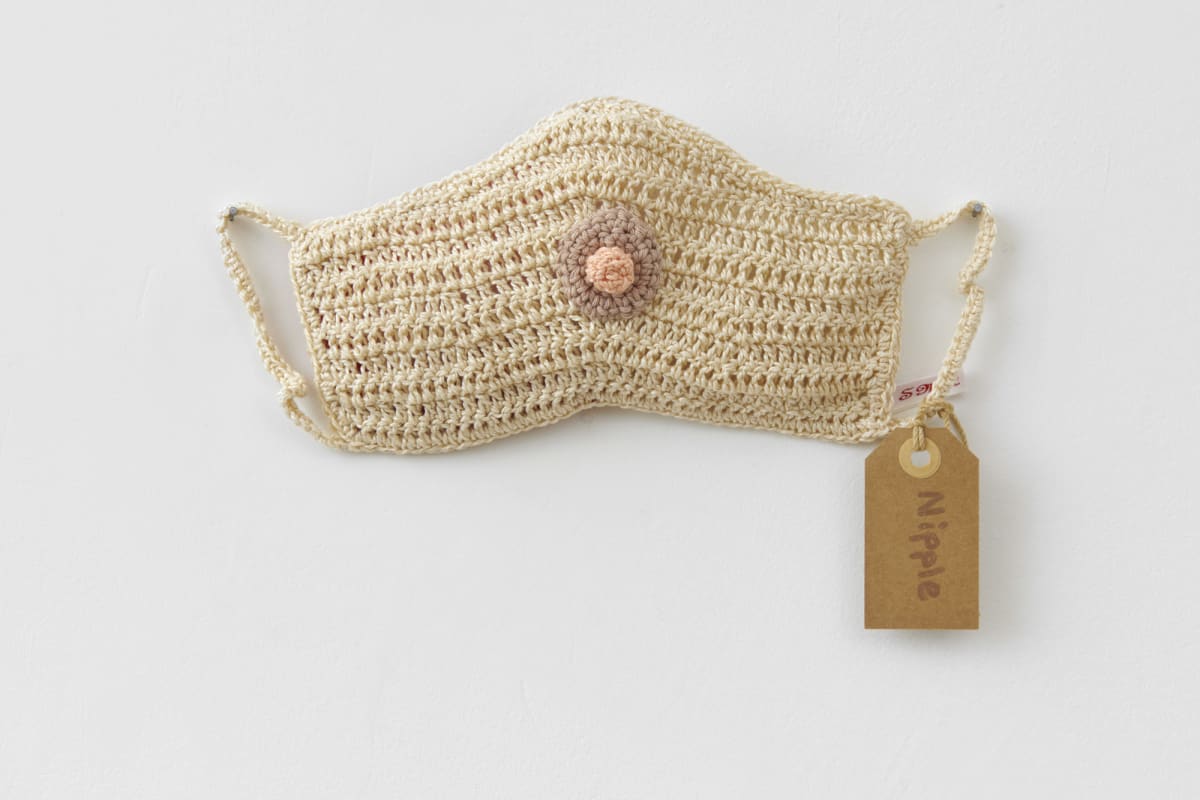
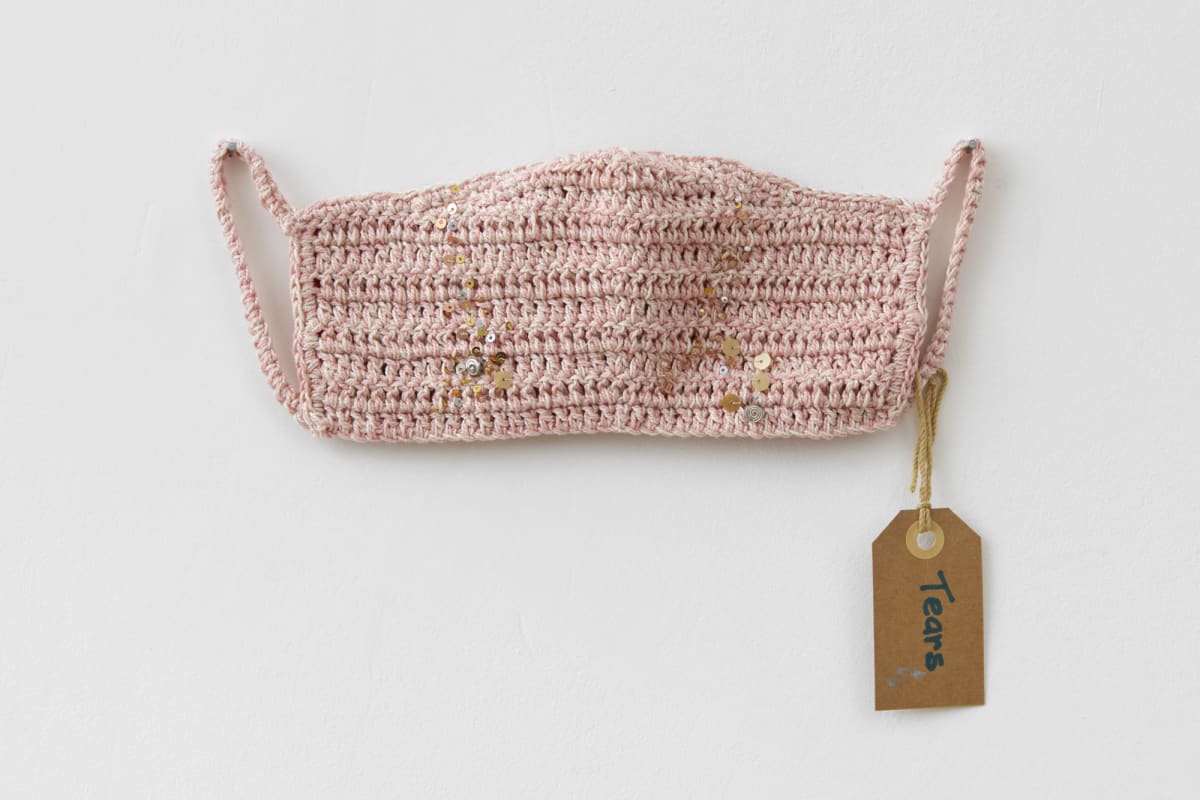
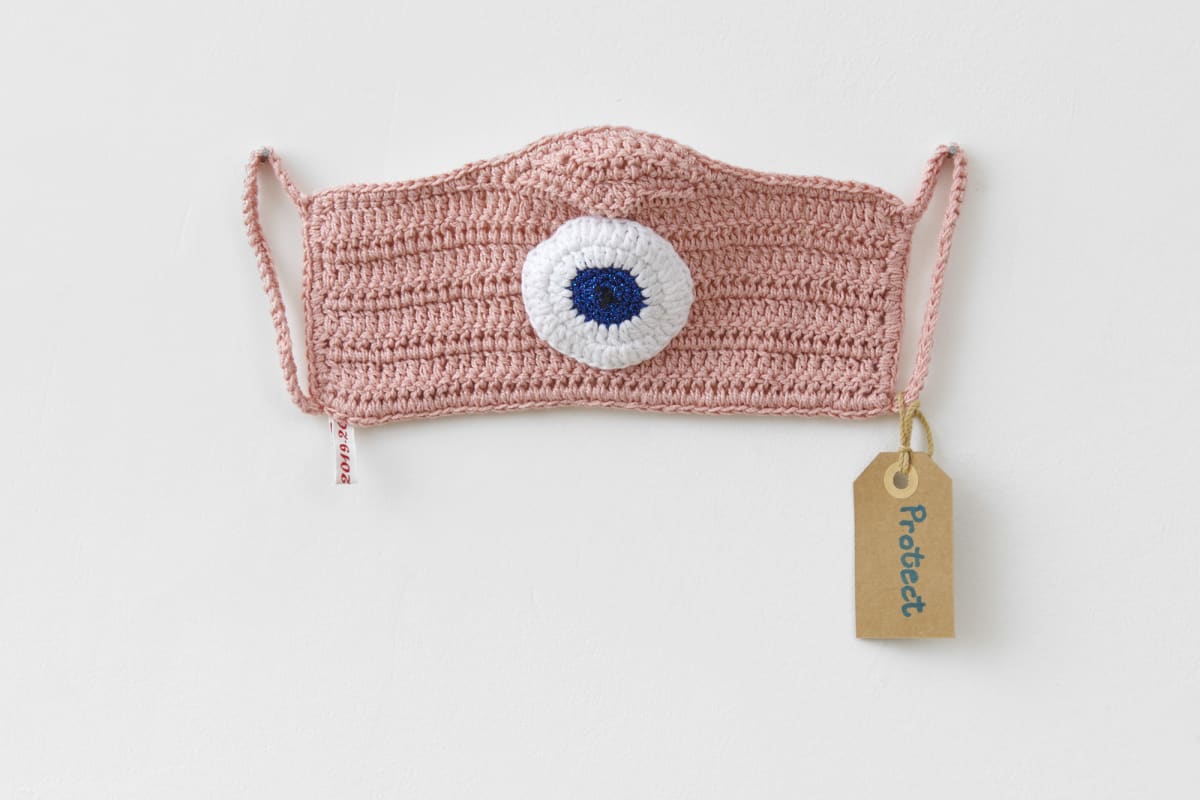


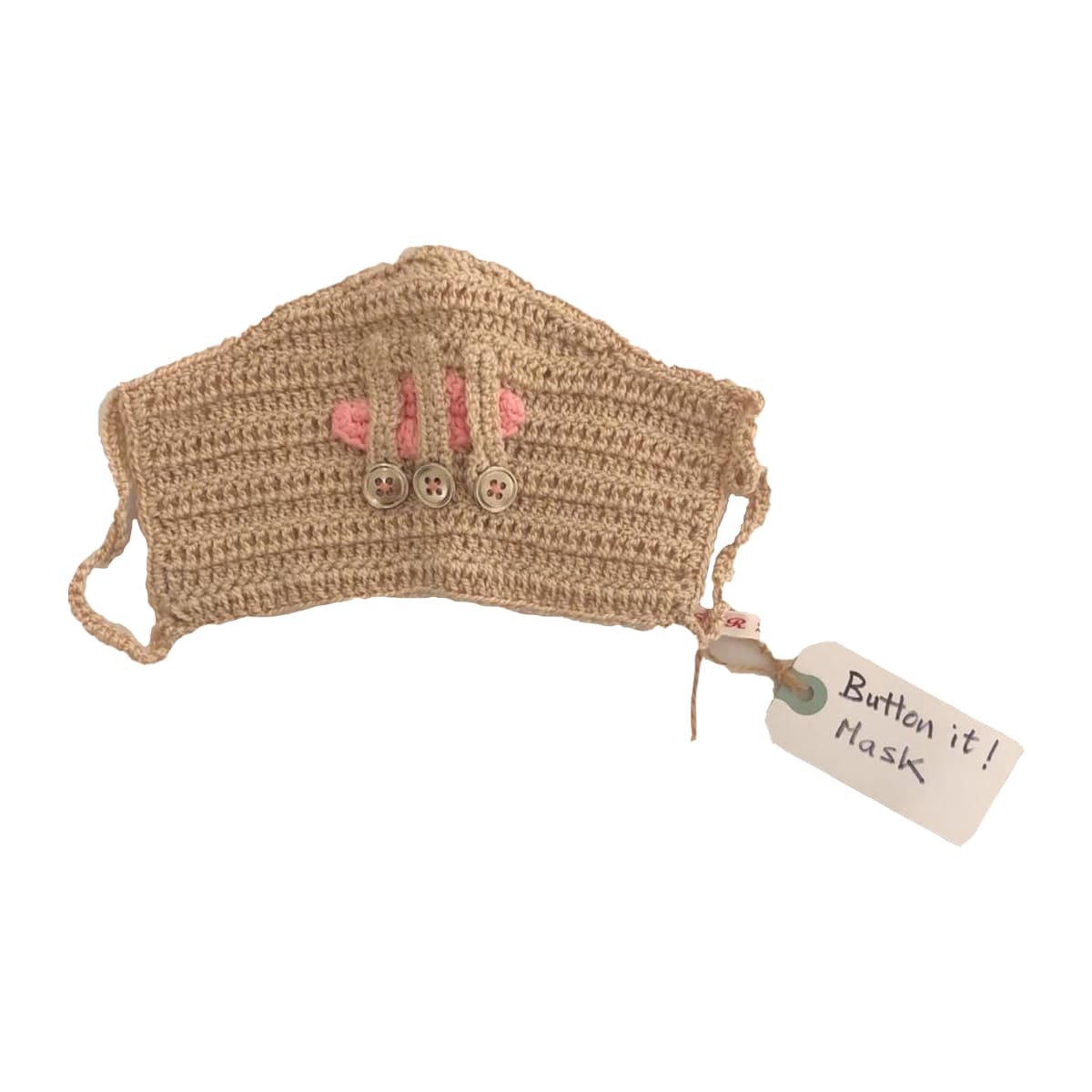

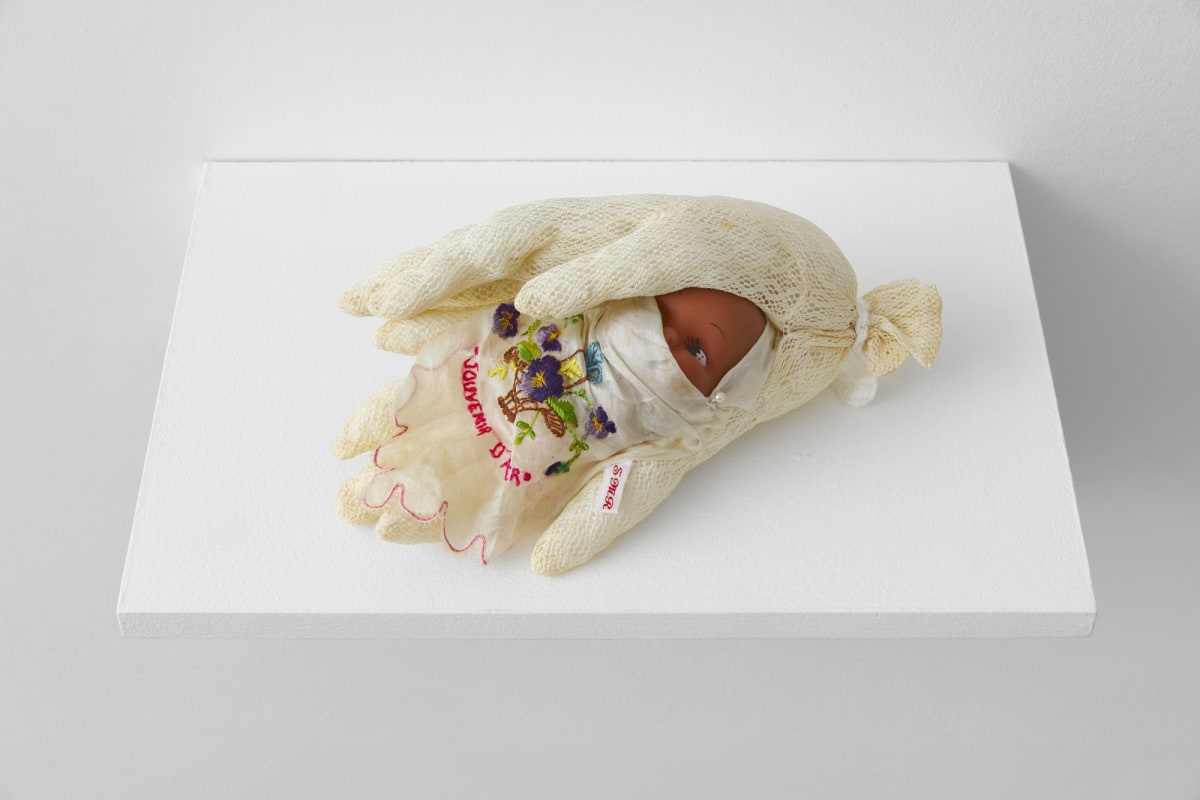

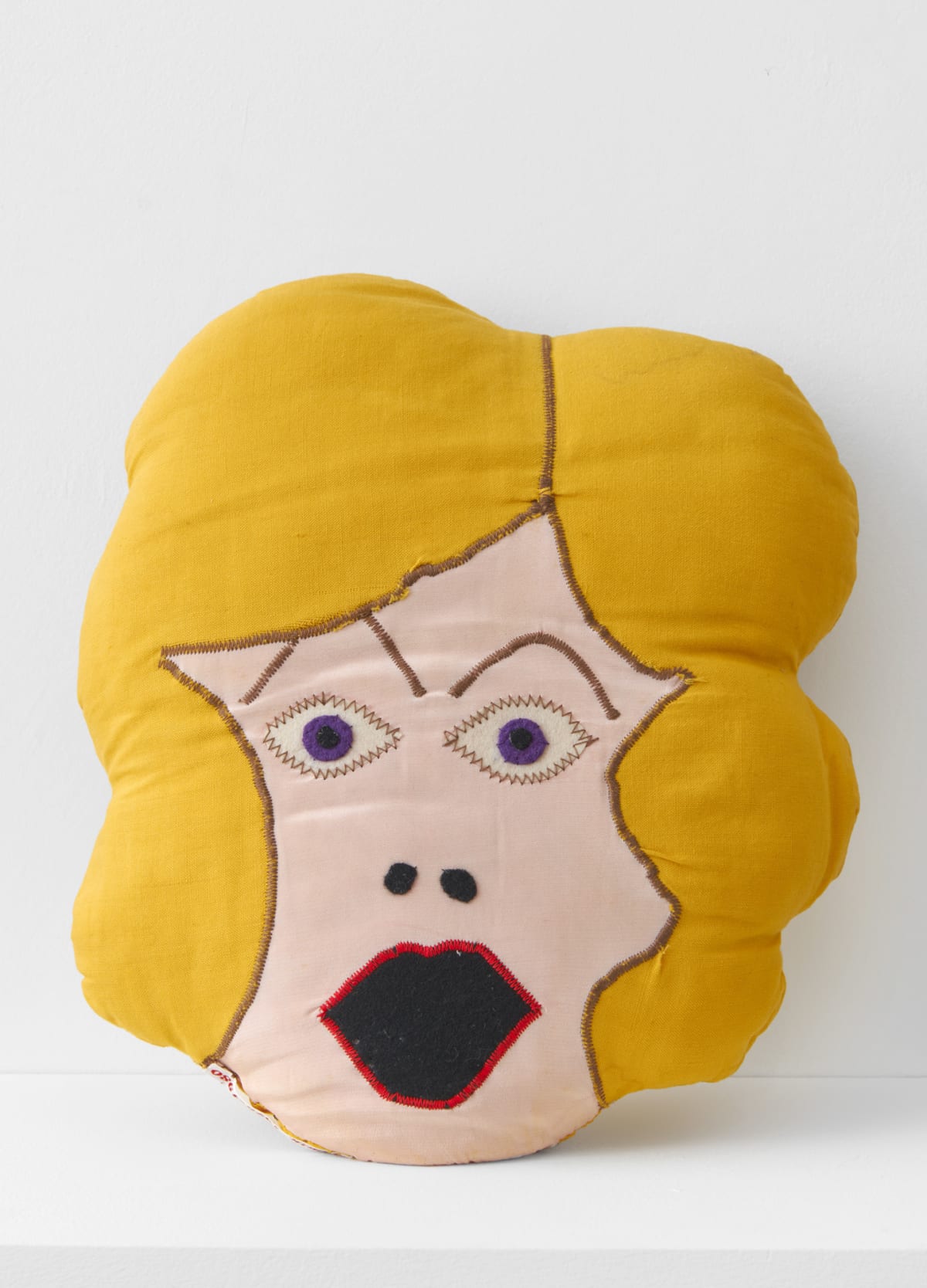
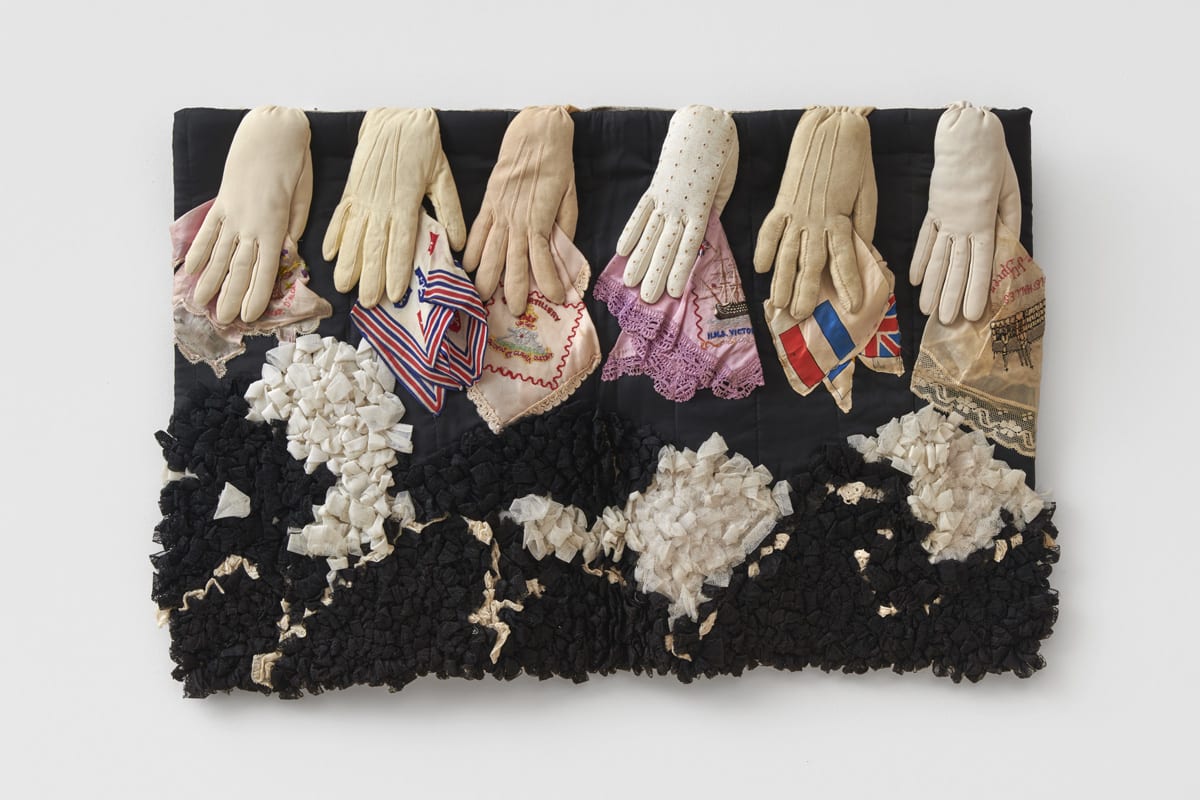
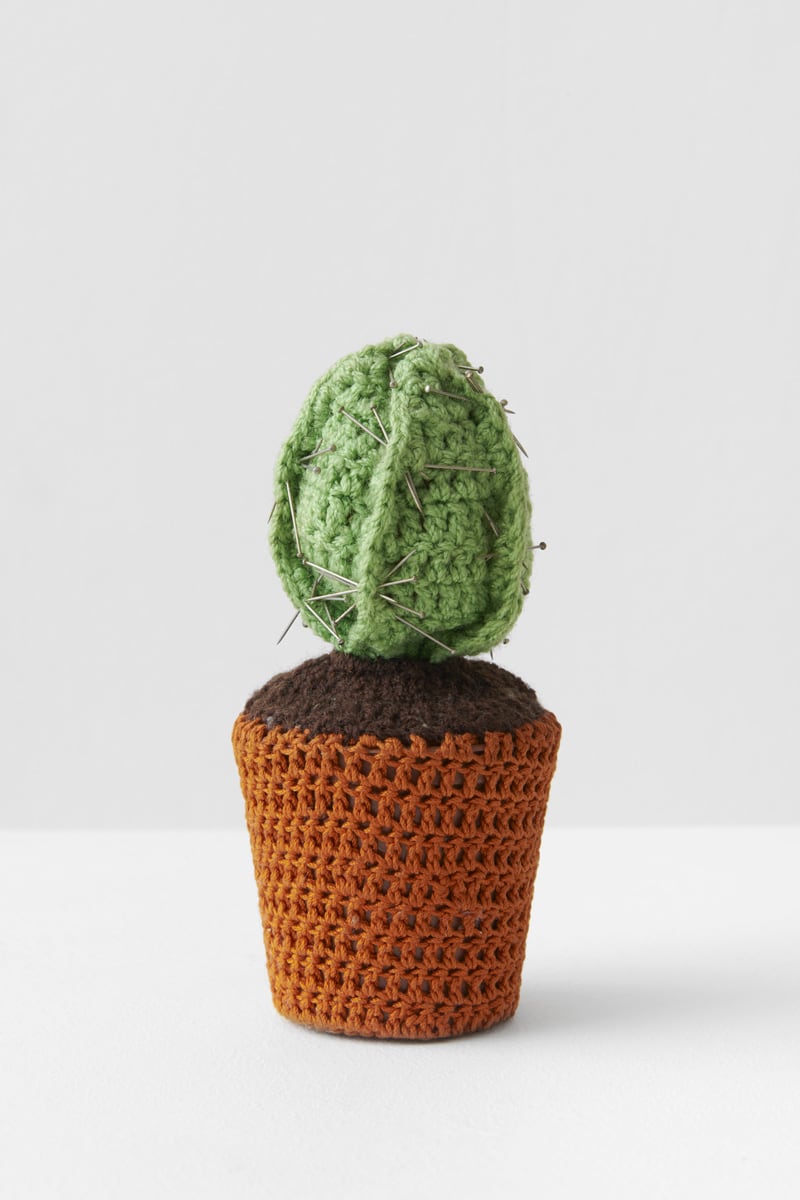
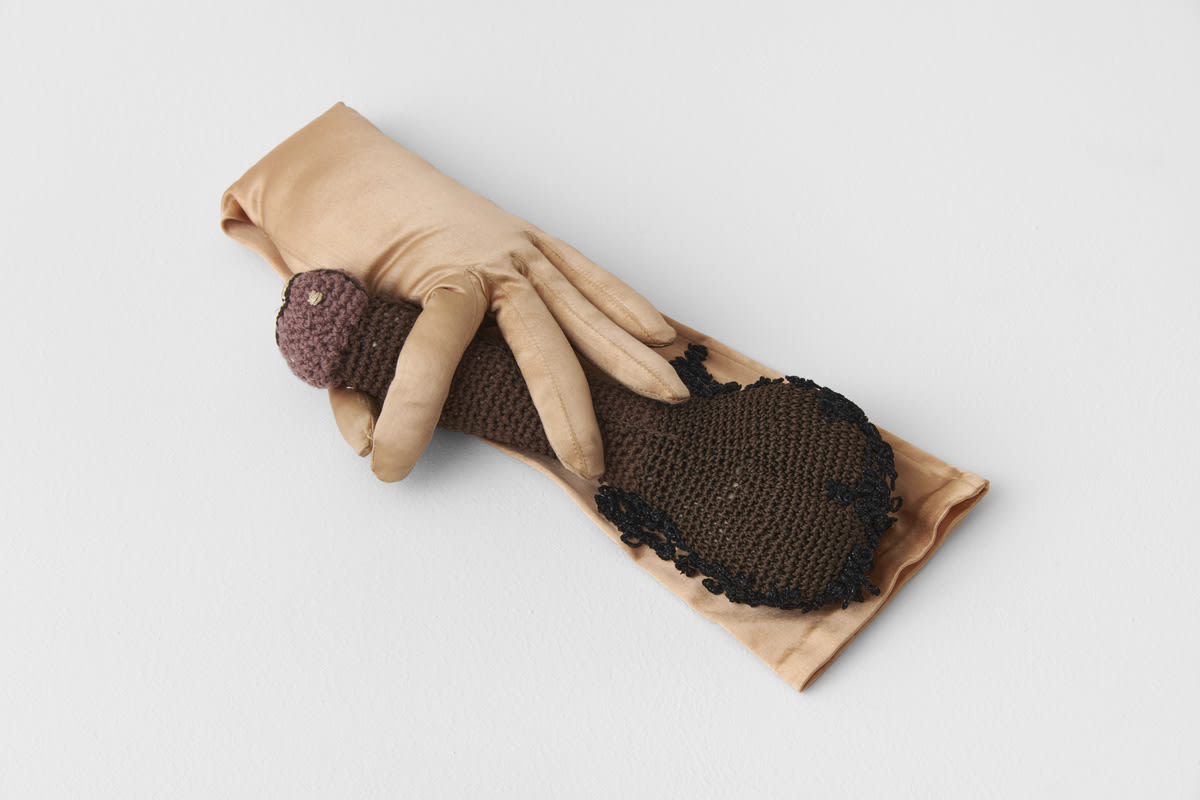

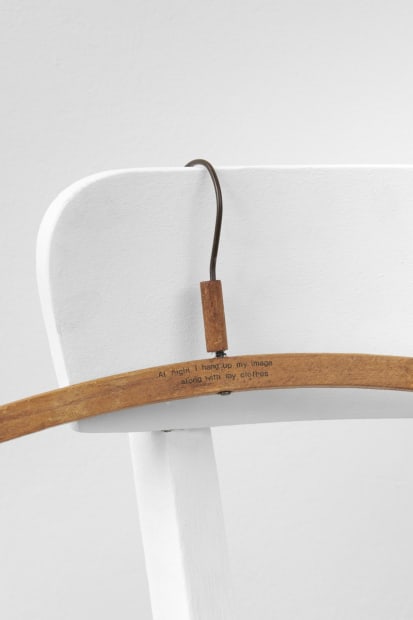

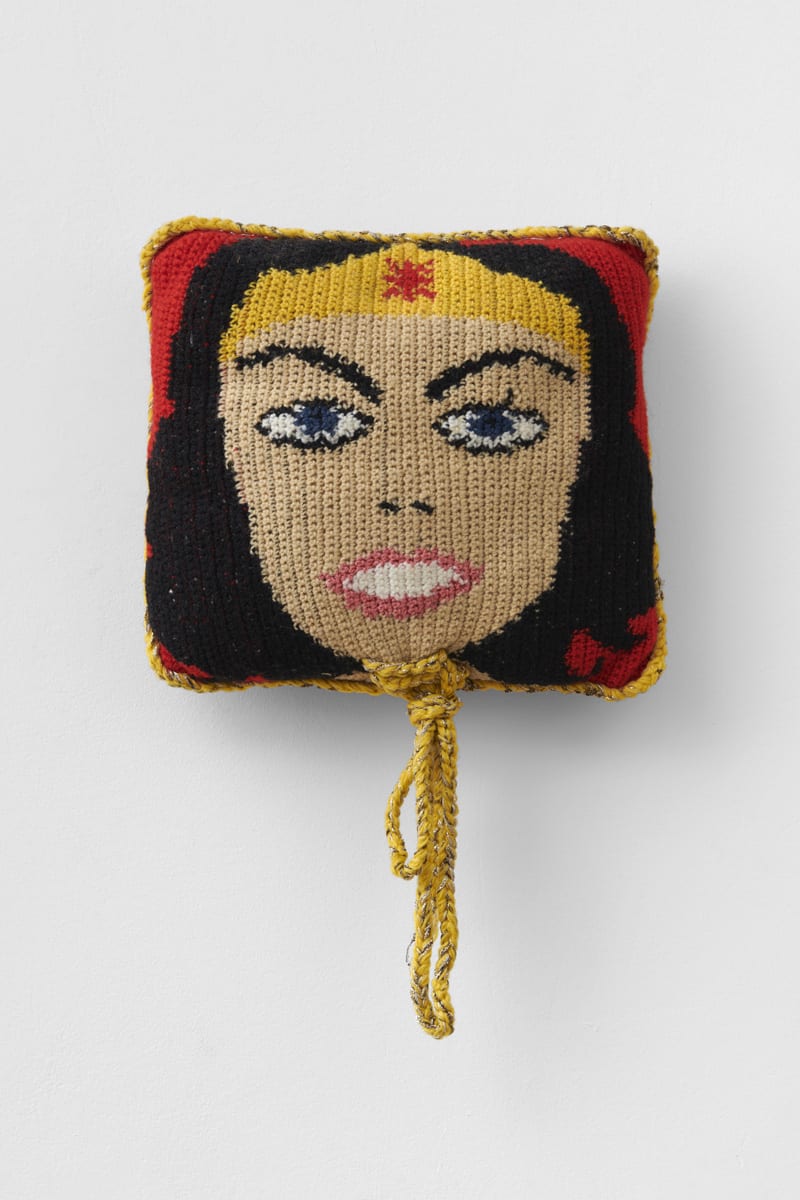
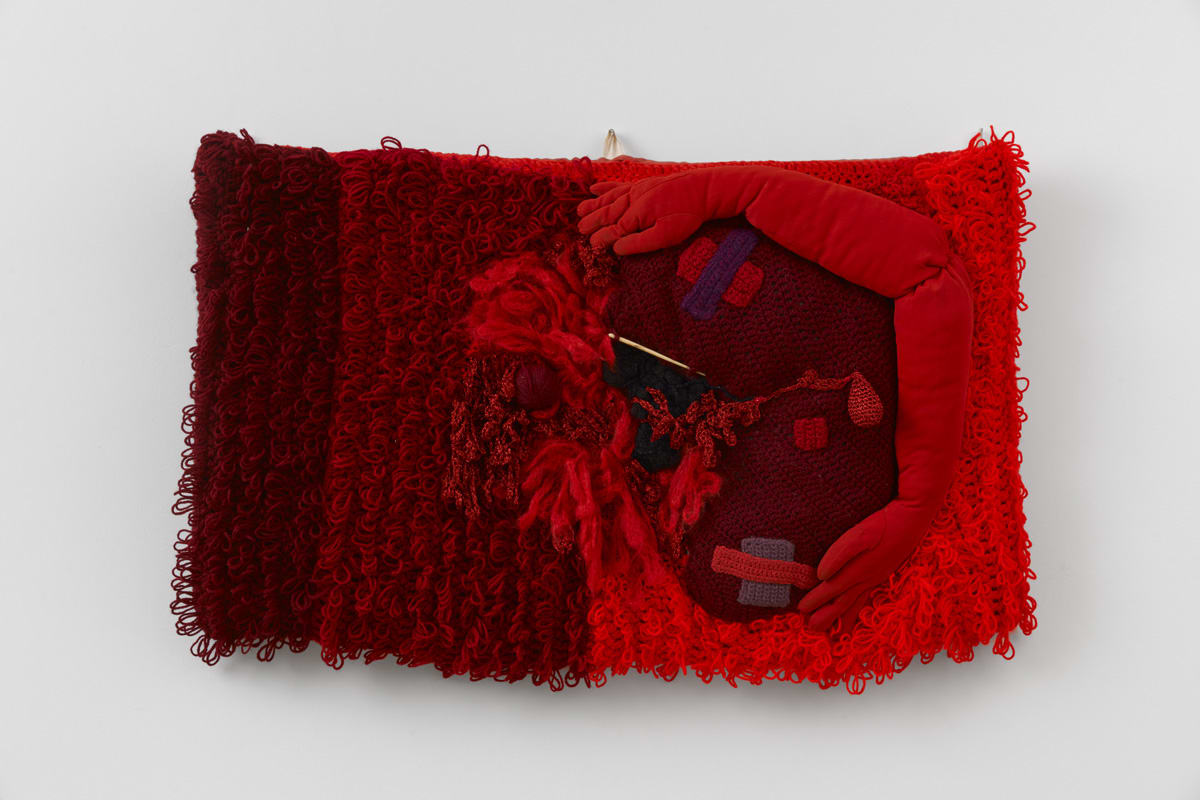
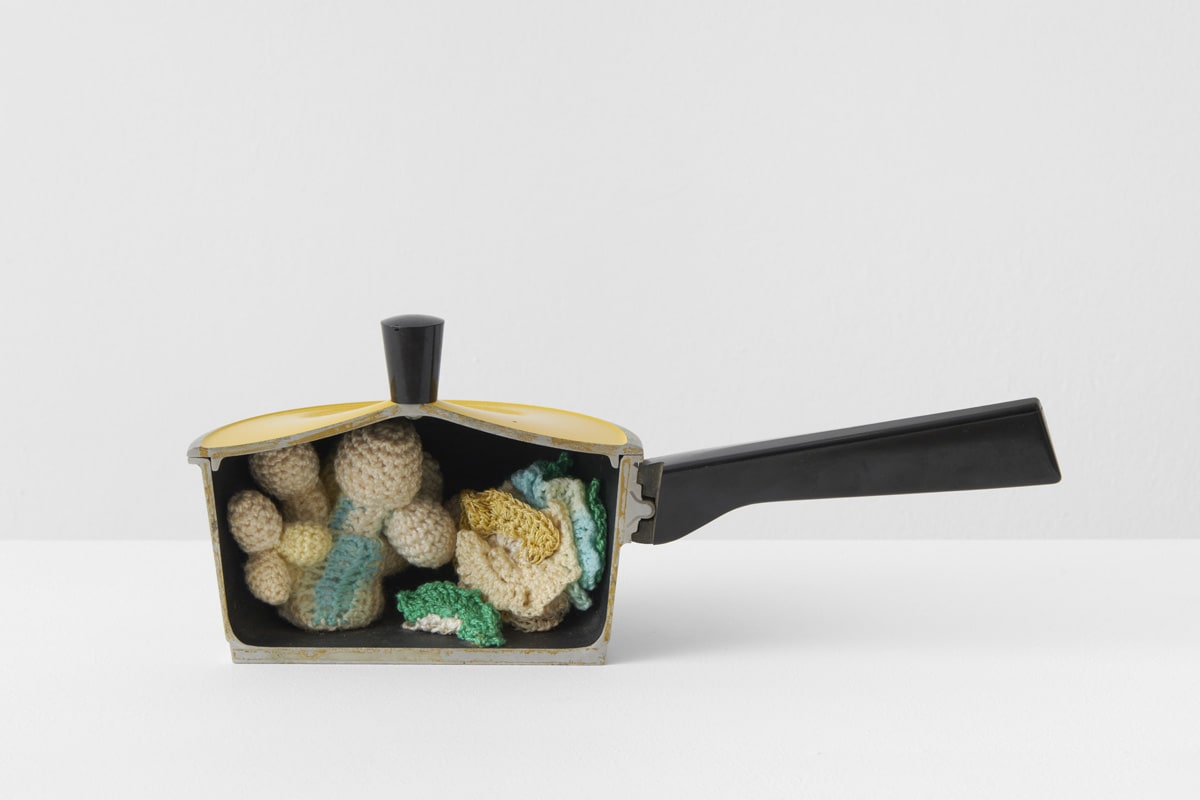
![Su RICHARDSON Potted Thoughts, For Kate [Walker] on Mother’s Day Plant,, 1976 Cotton 10 x 33.5 cm circumference](https://artlogic-res.cloudinary.com/w_1200,c_limit,f_auto,fl_lossy,q_auto/artlogicstorage/richardsaltoun/images/view/573aa0d081f59f41cdc3db7d99f925eaj/richardsaltoun-su-richardson-potted-thoughts-for-kate-walker-on-mother-s-day-plant-1976.jpg)